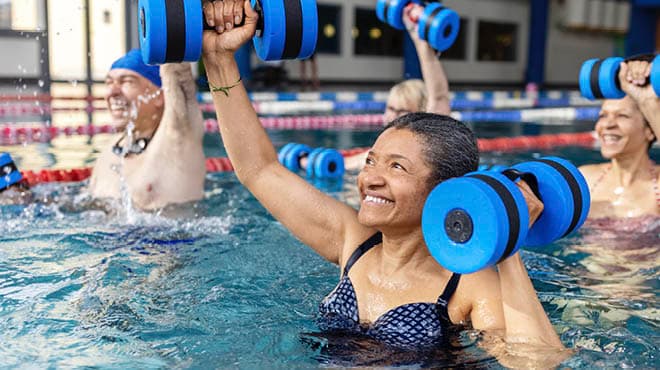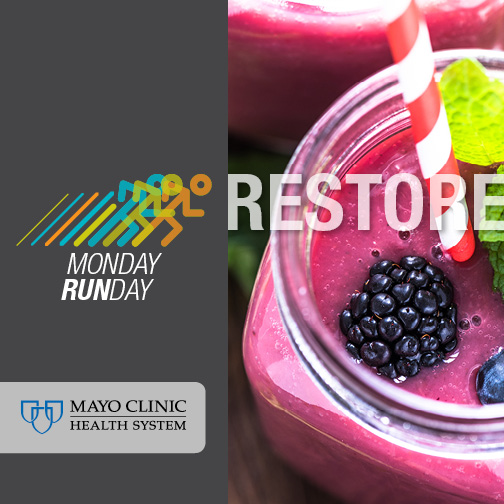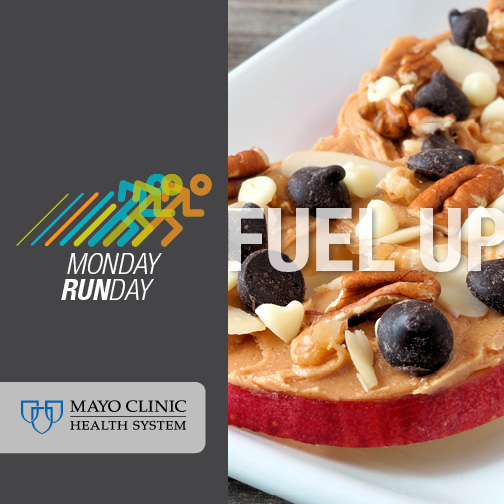Recent Posts
Strategies for safe, successful summer race performance

Are you interested in competing in a summer race event? Make sure you are taking the necessary precautions to properly train and prepare your body for the physiological demands of a race. Although the slogan "couch to 5K" has a catchy ring to it, these kinds of programs can be somewhat misleading in that they may underestimate the time and training effort required to properly train and allow for the training-related adaptations to occur.
When people jump from a sedentary lifestyle right into full-blown marathon training mode, they may expose themselves to an increased risk of injury. It takes time for the body to adapt to the stressors of training, particularly when it comes to bone or connective tissue-related adaptations. It is important to start with a low to moderate weekly training volume and slowly progress into longer distances over time.
This brief overview of other training-related considerations will ensure safe and effective training:
Too much of a good thing?
There can be too much of a good thing. If training for a marathon, you don't need to run 26.2 miles every day. Generally, only one or two longer training sessions per week is needed to train for a long-distance event, such as a marathon. The remaining training sessions can be of shorter duration but perhaps at a higher intensity, such as high-intensity interval session (HIIT), which can completed in as little as 20 to 30 minutes.
Cross-training can be another useful strategy to reduce overuse injuries while still getting the benefits of aerobic exercise. For example, if you are training for a half-marathon, instead of going out for an 8-mile run one day, you could instead swim, bike or use an elliptical so you are still training your cardiorespiratory system but are also allowing your body to recover from the repetitive running-related stresses to your lower body joints and musculature.
Acclimate to weather
Another important consideration for summer competitions is making sure your body has acclimated to warmer temperatures. Acclimatization typically requires a minimum of two to three weeks to occur. To fully acclimate it's important to actually train outside and be exposed to the warmer conditions rather than training inside in a comfortable setting.
For race day, if the forecast is for an unusually hot and humid day, it's best to accept a slower race time and lower the intensity/pace rather than pushing through it and risking heat-related complications. Optimal racing conditions generally are around 55 F with low humidity, so don't expect to break any records if the heat index is in the 90s.
Hydration is key
Maintaining adequate hydration levels also is important when training and competing in the heat to maintain performance, and prevent dehydration and overheating. It is the No. 1 preventive strategy when it comes to preventing dehydration and associated risks of heat-related issues, such as heat exhaustion or heat stroke.
The American College of Sports Medicine recommends that an individual consume at least 2 to 3 milliliters per pound of body weight four hours before a race. This is approximately 12 to 18 ounces for a 165-pound athlete. In addition, the athlete should consume another 8 to 12 ounces two hours prior to race start.
Throughout a race, consuming 6 to 8 ounces every 10 to 15 minutes can help maintain hydration levels. Adding salt, electrolytes and carbohydrates or consuming sports beverages can help facilitate fluid absorption and provide an additional source of energy during the race. Following the race, consuming 2 to 3 ounces of fluid per pound of body weight lost via sweat can help rehydrate.
Time to recover
It's important to allow for adequate rest days or even multiple days of rest following an intense training session and certainly following competition before jumping right back into another race.
It may be best to consult with a performance coach or exercise physiologist to develop a training program which incorporates variation in training volume, such as distance or mileage, and intensity from week to week leading up to a race event. This type of training program can provide appropriate levels of training-related stressors to stimulate needed physiological adaptations but also incorporate strategic periods of rest or reduced training to facilitate recovery and prevent overtraining-related problems. This performance coach also can help determine an appropriate training program around multiple race events, and help with optimizing performance leading into race week and maximizing recovery following each race.
Andrew Jagim, Ph.D., is a sports medicine specialist who sees patients in Onalaska, Wisconsin.







